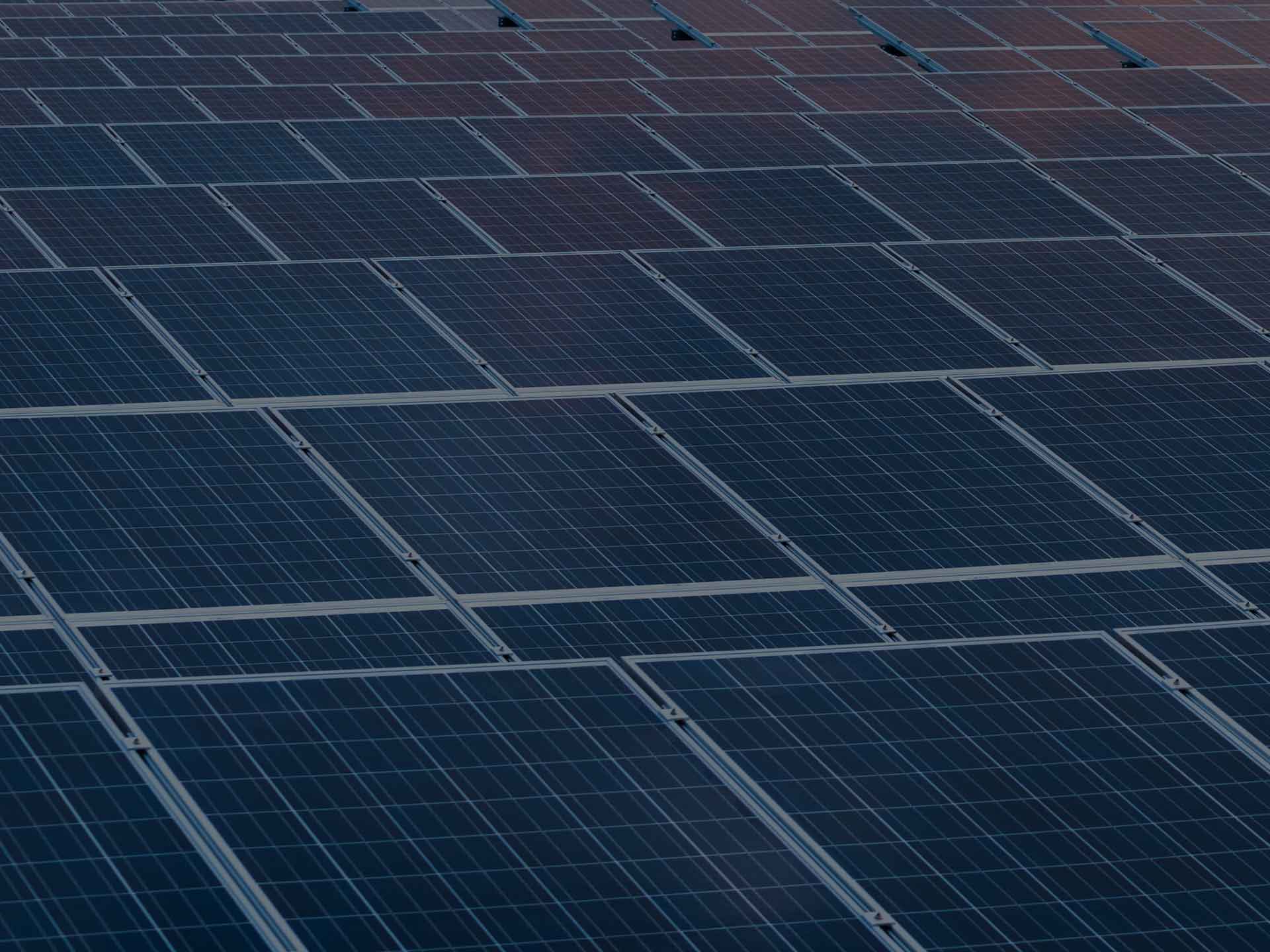Summary
The Copper-Zinc-Tin-Sulphide on Silicon Multi-Junction Solar Cells project aims to develop a new generation of silicon wafer solar cell technology by producing tandem devices that can improve on the world record 25% efficiency achieved by UNSW with silicon wafer-based solar cells in 2008.
Key results
During this project, UNSW’s thin film solar cell research team:
- Set 5 independently confirmed world records for CZTS solar cell efficiency
- Demonstrated over 22% efficiency for CZTS/Si tandem cells
- Generated different strategies for stacking high band gap CZTS top cell with Si bottom cells,including epitaxial growth of CZTS on Si, stacking semi transparent CZTS on Si, and four terminal (4T) tandem cell structure by spectrum splitting.
The technical challenges that the project addressed are relatively specific to kesterite solar cell technology and related Si based tandem solar cells. However, the achievements and lessons learned can be applied to other projects which involve other chalcogenide thin film technology, other top cell options with Si based tandems.
Learn more
Need
Silicon wafer-based solar cells make up approximately 90% of the photovoltaic (PV) market and will continue to be dominant in the near future.
Ways of increasing the efficiency of silicon wafer cell technology (the amount of energy it can convert from sunlight) and lowering its cost could potentially provide a revolutionary path for silicon wafer-based PV.
One such option is tandem or multi-junction solar cells, which can more effectively collect visible and invisible solar energy thereby increasing the overall amount of energy collected.
Project innovation
The Copper-Zinc-Tin-Sulphide on Silicon Multi-Junction Solar Cells project aims to develop a new generation of silicon wafer solar cell technology by producing tandem devices that can improve on the world record 25% efficiency achieved by UNSW with silicon wafer-based solar cells in 2008.
It involves collaboration with the US National Renewable Energy Laboratory (NREL), which holds a similarly world-leading position with another solar cell technology known as chalcogenide (CIGS/CZTS), to explore a new approach that combines both technologies to produce a multi-junction silicon-based cell with the potential to almost double energy conversion efficiency.
This project could lead to an initial increase in silicon wafer-based tandem cell efficiency beyond 30%, with increases above 40% even possible.
Benefit
By producing such a highly efficient and easily adaptable solar cell, this project has the potential to spark a technology revolution within the silicon PV industry, accelerating the development of solar energy technologies and ultimately resulting in significantly reduced electricity costs.
It would help maintain Australia’s leading position in both silicon and CZTS-related solar cell technologies development and commercialisation, as well as provide a path to future generations of much higher performance, lower cost silicon-based solar cells.




